Biological Cleanliness
The Mars 2020 mission has two primary motivations for keeping the spacecraft biologically clean. The first is to avoid harmful contamination of Mars, which could confound future searches for life. This is called “planetary protection.” The second is to limit Earth-based contamination in the samples that the mission will collect for science purposes. This is referred to as “returned sample science cleanliness.”
Planetary Protection
The United States has obligations under the international 1967 Outer Space Treaty to explore space in a manner that avoids harmful contamination of celestial bodies and also adverse effects to Earth’s environment resulting from any return of extraterrestrial matter. To help meet these obligations, NASA’s Planetary Protection Office draws up cleanliness standards known as planetary protection requirements. These requirements call for missions to take precautions to limit the amount of Earth-sourced biological material carried by NASA robotic spacecraft that travel to Mars. Flight hardware for the Mars 2020 Perseverance mission and the Ingenuity Mars Helicopter have been designed and built to meet NASA planetary protection requirements.
NASA’s primary strategy for limiting Earth-based contamination of Mars is to be sure that all hardware going to the planet is biologically clean.
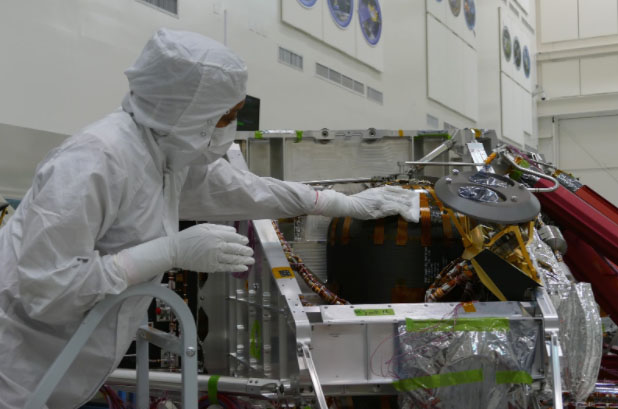 Image credit: NASA/JPL-Caltech | + Full image and caption
Image credit: NASA/JPL-Caltech | + Full image and caption
To meet these cleanliness standards, engineers assemble the rover and spacecraft in “clean rooms.” This type of room has powerful air filters that limit dust particles, and its surfaces and floors are frequently treated with strong cleaning solutions to kill and remove living microbes. Mission hardware is cleaned using techniques that have proven effective on many previous missions and are designed not to damage the spacecraft. This includes wiping down the hardware with special sterile cloths and alcohol wipes, and heating durable parts to high temperatures (230 to 392 degrees Fahrenheit, or 110 to 200 degrees Celsius). The Mars 2020 Perseverance mission is also using innovative new cleaning methods. For example, technicians use hydrogen peroxide vapor to clean some parts of the Mars 2020 spacecraft that cannot be treated with other methods.
At launch, the entire payload going to Mars (the Perseverance rover, the Ingenuity Mars Helicopter, and the cruise stage, aeroshell and descent stage) will carry fewer than 500,000 bacterial spores (dormant forms of bacteria). This is a tiny number as far as spores go and wouldn’t even cover a typical smartphone camera lens. Of this number, the parts of the Mars 2020 spacecraft intended to land on Mars — including the rover, the parachute and the descent stage — must have no more than 300,000 spores in total. The rover itself is allowed to have just 41,000 spores, spread out over the vehicle’s entire surface area.
Another way of making sure the mission avoids transporting unwanted Earth materials to Mars is to ensure that hardware that does not meet cleanliness standards does not go to Mars accidentally. Because only some portions of the Atlas V rocket ferrying the Mars 2020 Perseverance spacecraft into space can be cleaned as thoroughly as the spacecraft, the rocket will be initially pointed along a trajectory that does not intercept Mars. After the spacecraft separates from the launch vehicle’s upper stage, Perseverance will be redirected toward landing on Mars. This technique, known as “trajectory biasing,” is intended to ensure that the launch vehicle has less than a 1 in 10,000 chance of accidentally encountering Mars for 50 years after launch.
Avoiding Sensitive Areas
Places on Mars where Earth organisms would be likely to replicate, or that could have a high potential for the existence of Martian life forms, are known as “special regions.” These include regions on Mars that could have water ice or liquid water in some form within 16 feet (5 meters) of the surface.
A key goal of Perseverance’s mission is to seek signs of ancient microbial life, not current, or extant, life. The rover does not need to visit a special region, and its landing site — Jezero Crater — is not considered one.
Returned Sample Science
Because one of the mission’s key goals is to search for signs of ancient microbial life on Mars, scientists want to be confident that any signs of ancient life they might observe in samples returned to Earth are from Mars, not Earth. Perseverance’s Sample Caching System is therefore the cleanest set of components humankind has ever launched into space.
Because the samples collected by the Perseverance rover could be brought back to Earth for scientific analysis, the project must adhere to additional cleanliness standards beyond what’s required of missions solely intended to explore the surface of Mars.
The elements of the Perseverance rover that participate in sample collection are handled with extra care. They have been assembled in aseptic spaces (a clean room within a clean room), which provide the increased level of stringency for cleanliness that some sample collection hardware must meet. These parts are also thoroughly sterilized, exceeding the cleanliness standards of tools that doctors use in surgery.
The critical components of the Sample Caching System were integrated only shortly before launch at Kennedy Space Center. The sample caching elements are enclosed behind a door on the rover’s belly that will unseal and detach only after landing. An additional barrier behind this door will limit the flow of unwanted material into the parts that will touch the samples and should remain clean.
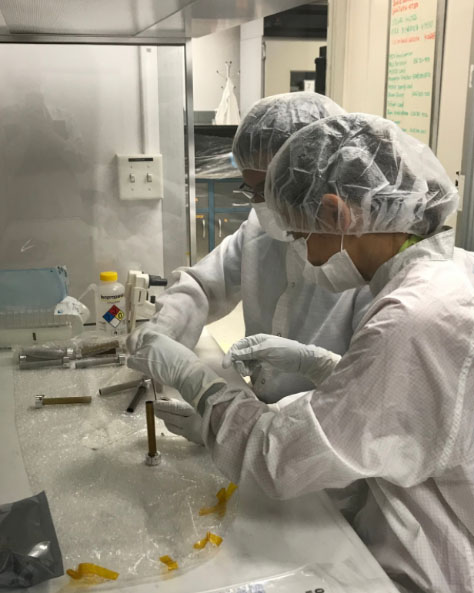 Image credit: NASA/JPL-Caltech | + Full image and caption
Image credit: NASA/JPL-Caltech | + Full image and caption
Mission teams are also identifying and keeping track of any known materials that remain on the spacecraft after thorough cleaning. This helps maintain a list of what’s known to be on board before the sample tubes leave Earth, which can be compared with future measurements of the samples. Perseverance’s sampling system will also carry “witness” tubes that will record the state of the environment within the sampling system, including any terrestrial contamination that may have been on the rover before it left Earth and remained on after touchdown on Mars.
This approach should result in the most pristine, well-documented planetary samples ever obtained, ready for imaging and analysis on Earth, where scientific specialists from around the world could apply the full breadth of terrestrial laboratory capabilities.
For more information, NASA has provided a fact sheet on Perseverance’s biological cleanliness.
More on Spacecraft
-

Perseverance Rover
Learn more about this part of the spacecraft
-
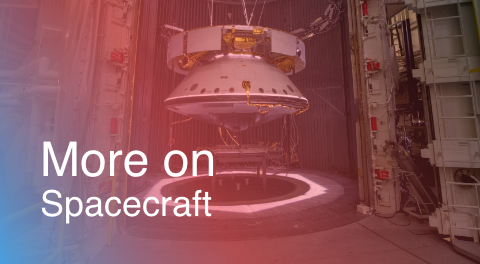
Getting to Mars
Learn more about this part of the spacecraft
-
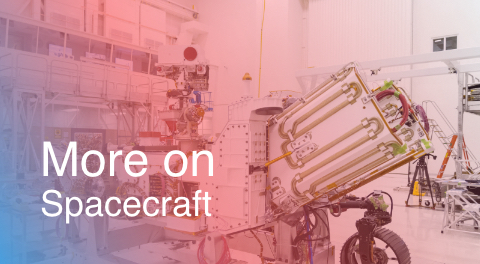
Power
Learn more about this part of the spacecraft
-
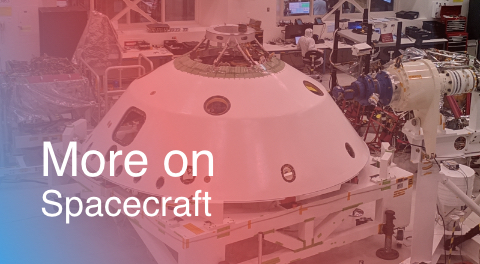
Telecommunications
Learn more about this part of the spacecraft
-
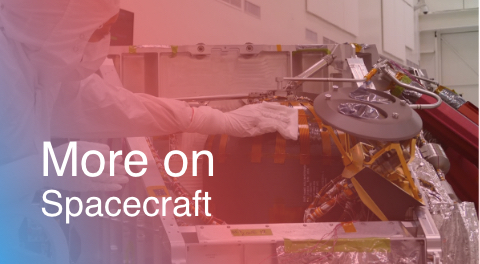
Biological Cleanliness
Learn more about this part of the mission
-
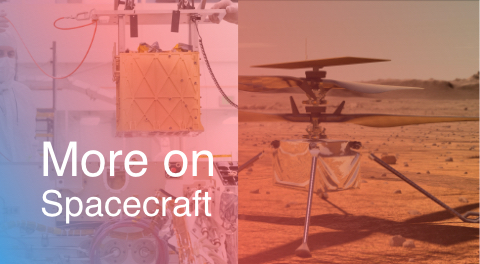
Experimental Technologies
Learn more about these technologies



